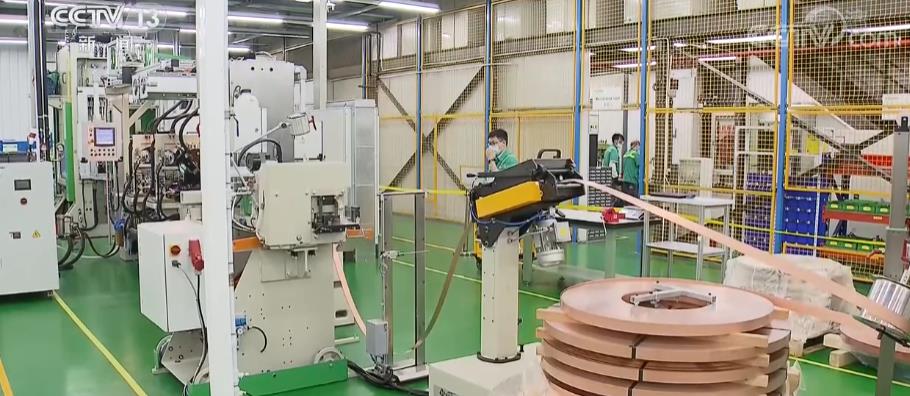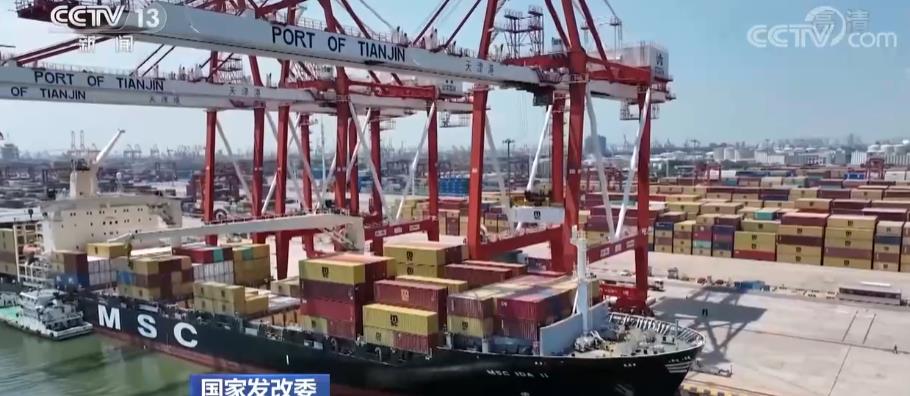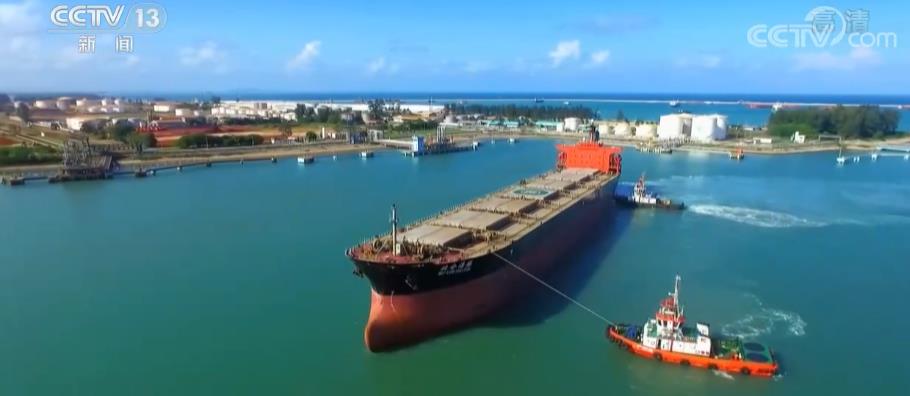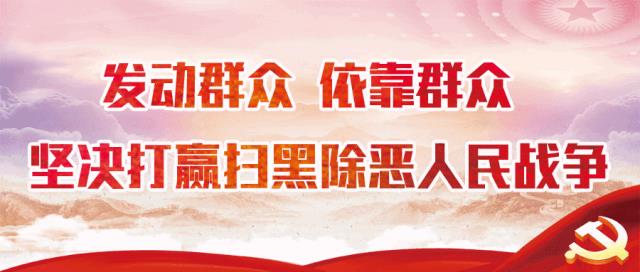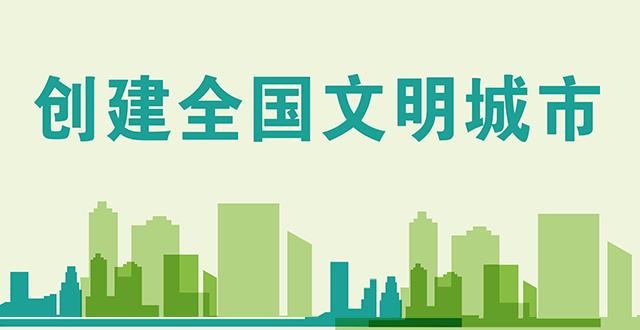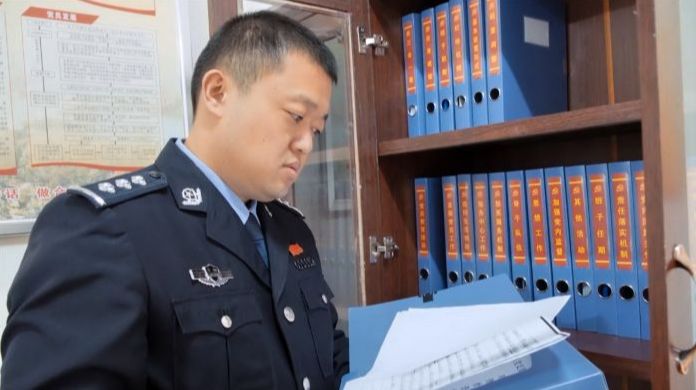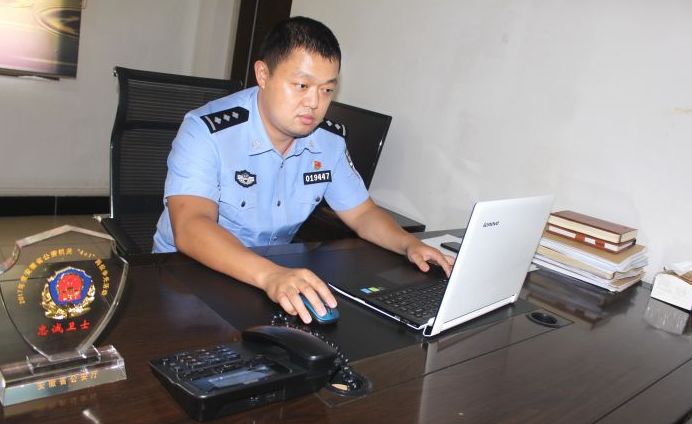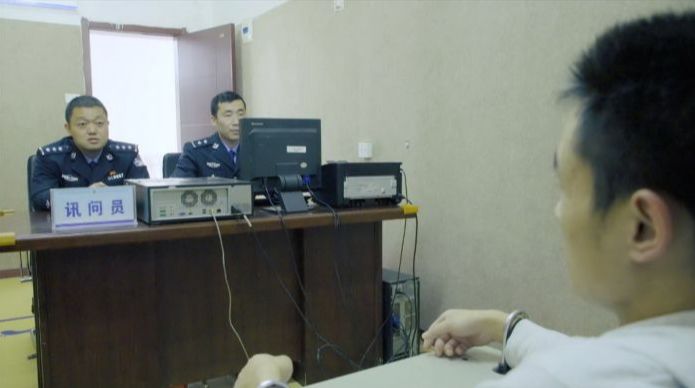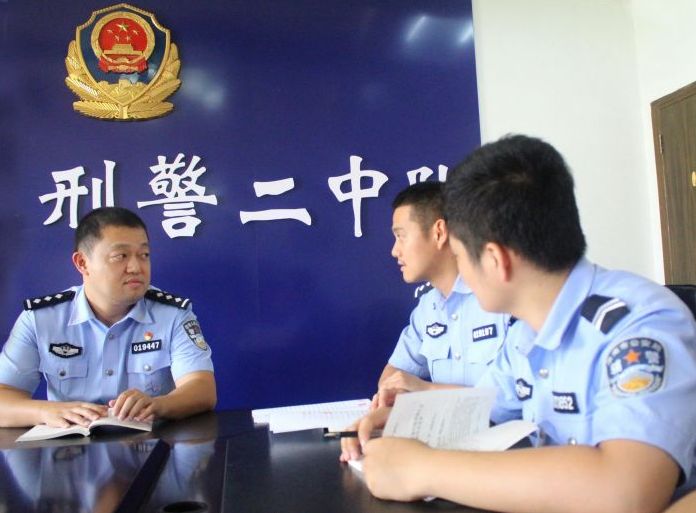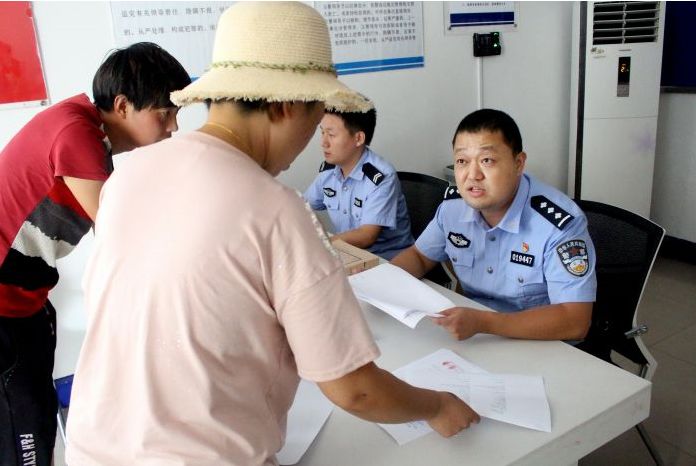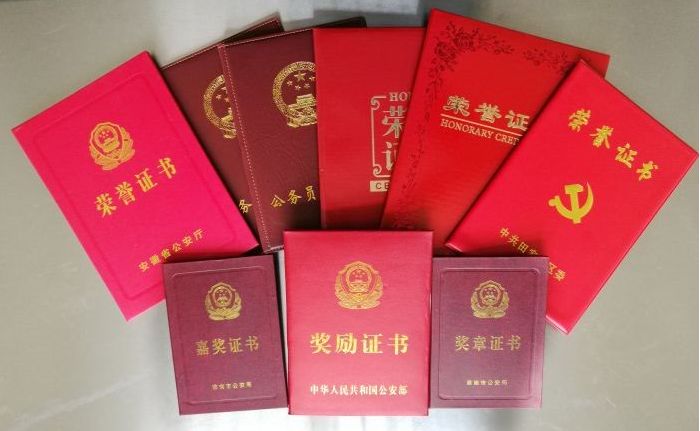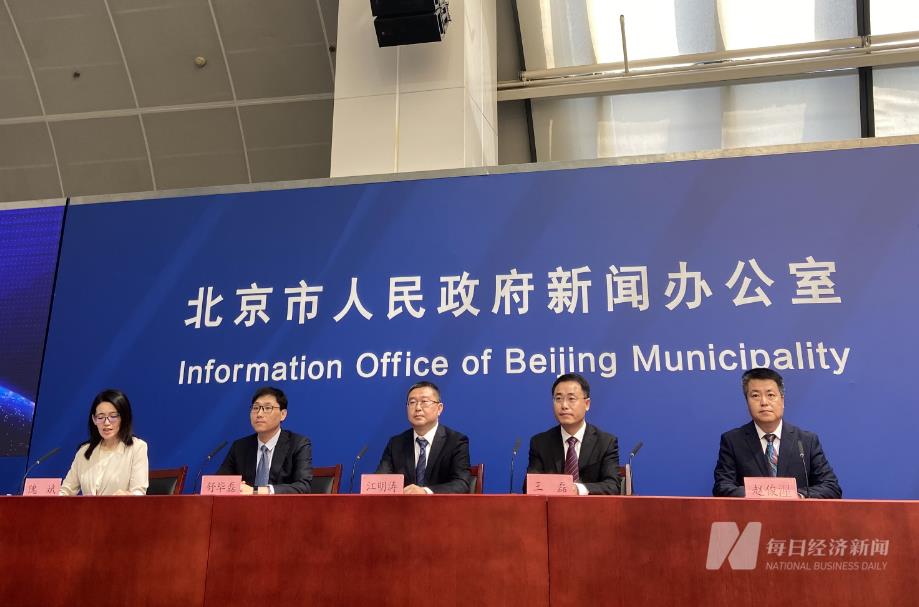Ten tips to help you quit your mobile phone.
If the last face you see at night is the home screen of your glowing tablet, and the first is the email app of your smartphone, you officially need to cut it out. Here are 10 quick and easy ways to tap the brakes without resorting to hermithood or a life without ESPN updates.
If you say good night to the flat fluorescent screen before going to bed every night, and the first thing you see after getting up in the morning is the mobile email application, you really need to say goodbye to them. The next 10 tips can not only teach you to put down all kinds of equipment, but also avoid living as a hermit and enjoying the real-time updates of ESPN TV.

1. Get a dumb watch. buy a "stupid" watch
The average smartphone owner consults his device an astonishing 195 times per day. Nip the knee-jerk habit at the source and strap on a good old-fashio ned watch. Definitely not a smart one, preferably a mechanical one.
On average, mobile phone users watch their mobile phones 195 times a day. Get rid of this instinctive habit from the source and buy an old watch with good quality. Don’t be a smart watch, it’s better to be an old-fashioned mechanical watch.
2. Pick up a paper. Pick up the paper media again
Instead of hitting up a social network or a newspaper app to breeze through news summaries and half-read a few articles, grab a paper and be amazed at how relaxing it is to read through the day’s news. Not only that, we found our attention span has increased and we don’t abandon as many articles. And fret not at the expense. Even the New York Times is $9 a week for home delivery, plus digital access.
Stop browsing news or reading articles on social networks or newspaper software. If you can pick up the newspaper again, you will find how relaxing it is to watch the news every day. In addition, we also find that it can concentrate more and won’t make us give up halfway when reading the article. Don’t worry about the cost. It’s only $9 a week for The New York Times to deliver it home, including the online version.
3. Listen to airwaves. listen to the radio
Again, not a radio stream from your phone or desktop. Blow the dust off your old clock radio or handheld transistor, plug it in, and be amazed at how vital radio still can be. More importantly, you won’t be tempted to check other apps and websites.
Again, this is not the broadcast software in your mobile phone and computer. Take out your old-fashioned radio, alarm clock or transistor radio, blow off the dust and plug it in. I think you will be amazed at its importance. More importantly, you won’t be tempted by mobile phones and want to browse software and web pages.
4. Sever social media ties. 切断社网
We love hitting up Facebook, Twitter, and Instagram to keep tabs on friends and relations. If you aren’t willing to walk away from this ritual of keeping up with digital Joneses, then consider consolidating down to one service and picking a dedicated daily time for checking in — at your lunch break or at the gym, ideally. And turn off app and email notifications for the services you use, so you aren’t tempted by all those little red badges.
We are obsessed with browsing Facebook, Twitter and Instagram to keep in touch with our friends. If you don’t want to get rid of the habit of comparing ostentation and extravagance with your online friends, try to integrate all the services and check your mobile phone every day-the ideal time is to have a lunch break or exercise. And turn off the apps and email reminders you use, so you won’t be tempted by those little red labels!
5. Make a phone stack. stack mobile phones
Today, it seems nearly impossible to put your phone down for 60 consecutive minutes. Phone stacks are a cliché, but they work: Whether dining at home or out on the town, implement a no-device policy, no exceptions. To make it stick, you can place phones in a stack in the center of the table. Even better, have a waiter or coat check place them out of site so no one can break the rules, and there aren’t hard feelings.
Nowadays, it is almost impossible not to watch your mobile phone for an hour in a row. Although the game of "stacking mobile phones" is out of date, it is actually very easy to use: whether you are eating at home or going on a business trip abroad, you should practice the "no mobile phone policy" and there should be no accidents. To make this stick, you can put your mobile phones in the middle of the table and fold them. A better way is to ask the waiter or clothes keeper to put them away from the table, so that they can stick to it easily!
6. Create rules for living. Set rules.
Having general rules for indulging in gadget time are too easy to slack on, just like diets and workouts. Take the next 10 minutes to figure out the hours when your tech is truly indispensable, and then nail down times when it should never be used: dinnertime, when you’re with the kids, and yes, in bed. Be specific and be rigid. Have a designated, inconvenient spot where your device should go during those times so that you don’t cave — a cabinet upstairs, in your car, or in the basement.
It is easy to make a general plan to limit the time spent on mobile phones, just like the original weight loss and fitness. After reading this article, take ten minutes to think about when you have to use these technology products, and then decide when you will never use them: at dinner, with your children, and of course, in bed. The plan must be specific and strict. Also find a home for your mobile phone during these hours, and make sure it is not so convenient and easy to get. You can put it in the cupboard upstairs, in your car or in the basement.
7. Cut the cord. cut the network cable
There are tons of apps dedicated to keeping you from losing focus on whichever task you’re meant to be accomplishing and instead heading down a YouTube or Facebook rabbit hole. Freedom ($10; for Mac or Windows) is a surefire desktop application that lets you pick a window of time for which the Internet gets locked on your PC. If you want to hop online before the time is up, you have to reboot your computer. If your work requires that you have Internet access, try anti-social, a $15 application that lets you select which services you block, rather than the entire Internet.
There are countless applications that make you unable to concentrate on your tasks, from YouTube to Facebook that dazzles you. Freedom ($10 for Mac and Windows) is a software that allows you to lock your computer and get off the Internet. If you want to surf the Internet before the end of time, you have to restart your computer. If you have to surf the Internet for your work, you might as well try anti-social software, which costs $15 and allows you to lock the service you choose instead of the whole network.
8. Move your charger. move the charger.
Battery life continues to be the Achilles heal of most mobile devices, which means many of us rush between charging sessions all day. Find a dedicated place at home to charge your device that’s within earshot, but not convenient, and make it a daily ritual to come home, remove the phone from your person and leave it there even if it’s fully charged already. If you need to take a call, keep it locked to the charging cable so you aren’t tempted to walk away with it afterward.
Battery life is the achilles heel of most mobile devices, which means that many of us rush between charging plugs every day. Find a special charging place in your home and make sure it is within your hearing range and not so accessible. Then what I have to do after going home every day is to put down my mobile phone and let it charge slowly. If you want to make a phone call, don’t unplug it from the charging line, so you won’t take it away after the call.
9. automatically your attention. automatic setting
Even our device makers know that we use them too much, which is why they have built-in functions like Do Not Disturb (iOS) or Silent mode (Android) . Those allow you to designate certain VIP contacts who can reach you at all times, but silences emails, texts and other communications from anyone else. Both can be automated so that they are time-based or location-based, or can be switched on or off ad hoc if you want a few minutes of rest.
Even mobile phone manufacturers know that we use mobile phones too much, so they have designed "Do Not Disturb" (Apple operating system) and "Silent" (Android system) modes. These functions can enable some VIP customers to contact you at any time and mute emails, text messages and other people’s calls. These two functions can be set to automatically turn on at a specific time and place, and of course you can temporarily turn them off or on if you want to take a break for a few minutes.
10. Shame yourself. be ashamed of it
If you’ve ever taken a gander at the running tally of the time you’ve spent playing solitaire, you know the pain that comes from looking in the mirror. Along with apps that cut off Internet access, there’s also a category that tallies up how much time you waste. Set them running, and you’ll quickly hit rock bottom and find inspiration to take meaningful measures. Moment (iOS only) keeps tabs on the amount of time you use your phone per day, including the number of times you unlock it, and lets you clamp down services, too. Menthal, for Android, tallies up in detail how much you use your phone, with what apps, and then compares it with other users for a little added peer pressure and possible inspiration.
If you have ever watched the time you spend playing solitaire on your mobile phone, you will know the pain of facing the facts. With the development of software that can also be used when the network is disconnected, there is still a kind of software that records your wasted time. Once you open this software, you will soon be able to face the present situation and want to take meaningful measures. Moment (iOS version only) records the time you spend on your mobile phone every day, including the number of times you unlock it, and then lets you reduce the number of times you use it. The Android software Menthal records the software used by your mobile phone in detail, and then compares it with other users to add a little peer pressure to you and inspire you to change.
Vocabulary
Knee-jerk: Subconsciously, automatically.
Keep tabs on: pay close attention
Keep up with the Jones: compare with your neighbors, compare with each other, and don’t lag behind your neighbors.
Surefire: It’s bound to succeed, and it’s bound to achieve its goal.
Reboot: restart
Ad hoc: temporary
Take a gander: take a look, take a look.
Solitaire: solitaire
Tally up: Calculate the total number of …
Clamp down: forced suppression
English source: Yahoo News
Translator: Zhang Xiao
Revising & Editing: Dany






